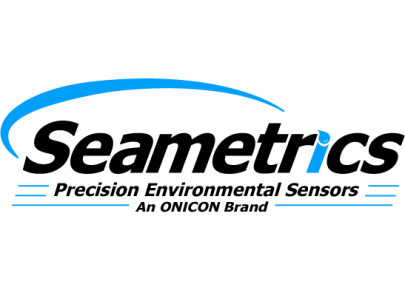PME miniDOT Clear Dissolved Oxygen Logger
Features
- Portable, completely submersible, easy to operate
- User replaceable batteries and long lasting in the field
- Also records time, date, and battery voltage
- Free ground shipping
- Expedited repair and warranty service
- Lifetime technical support
- More
The miniDOT Clear logger is a completely submersible instrument that logs dissolved oxygen and temperature measurements with an internal LCD screen for accessing the latest readings. It includes an optical DO sensor, a temperature sensor, batteries and a micro SD memory card. Data are recorded internally with a sample interval from once per minute to once per hour and can be offloaded to a computer via USB cable.
The miniDOT sensor is an optode that measures lifetime-based luminescence quenching of a thin membrane. The sensing foil contains a coating that has a variable fluorescence that depends upon oxygen concentration in the surrounding water. The sensor is able to compute oxygen concentration in mg/L and record these measurements internally. Each logger is factory-calibrated at 12 oxygen concentrations each at 8 temperatures for a total of 96 calibration points.
In The News
Applied Research and Innovative Solutions: Creating CHNGES at Western Kentucky University
Long-standing environmental monitoring programs have the power to support a large number of research initiatives and policy changes—however, actually starting these networks can prove challenging. Not only is starting the program difficult, but keeping things operational for decades to come has also been challenging for environmental professionals hoping to make an impact with applied research. Jason Polk, Professor of Environmental Geoscience and Director of the Center for Human GeoEnvironmental Studies (CHNGES) at Western Kentucky University, is all too familiar with this process.
Read MoreCombating Water Insecurity in Saskatchewan with Real-Time Data
The prairies of Saskatchewan can be described as one of the least water-secure parts of Canada, making water quality monitoring essential for informed resource management in a region already facing water insecurity. While natural physical properties worsen some of the poor water quality conditions in the region, others are connected to land use. Having grown up spending summers on the shores of Lake Huron, Helen Baulch, an associate professor at the School of Environment and Sustainability at the University of Saskatchewan , has always been dedicated to the protection of water resources. Looking back fondly at her childhood playing along the shore, Baulch also recalls the invasion of quagga mussels during her teenage years and watching the lake change as a result.
Read MoreSeametrics Turbo Turbidity Logger: Boost your Turbidity Monitoring
The Seametrics Turbo Turbidity Logger is a self-cleaning turbidity sensor capable of internally logging over 260,000 data records. The sensor enables researchers, compliance officers, and contractors to monitor turbidity in various applications, from construction and dredging sites to wastewater effluent. Due to its narrow width, this device can be deployed in a range of areas, from small well spaces to rivers and streams. The stainless steel housing and built-in wiper allow the sensor to withstand long-term deployments and reduce the need for maintenance trips. The logger accurately records temperature and turbidity up to a depth of 50 meters.
Read More
















